Iown a bicycle, but I rent a Bixi every now and then for the sheer thrill of it. Participating in the great Bixi experiment feels much like voting, and I get a mad attack of grinning. There we all are, me and you and you and you and you, pedalling furiously in what Taras Grescoe in Straphanger calls a “crucial meeting ground for society.” In other words, the street.
In his exploration of how we can go about “saving our cities and ourselves from the automobile,” Grescoe reaches beyond familiar economic, demographic, and ecological arguments to wonder about our sense of community and our responsibilities to each other. After all,“When a society eliminates public space – when your only contact with your fellow citizen happens at 55 miles per hour, separated by layers of glass – it stops knowing itself, and can start believing the most outrageous lies: that crime is rampant, that people have no shared interests, that races and classes have no common ground.”
The twentieth-century city did its best to eradicate this common ground. Rail lines demarcated the “wrong side of the tracks,” freeways flattened entire neighbourhoods, financial institutions “redlined” areas where they would not support businesses or lend money. No wonder success is measured by how much we can “get away from it all.” But just what are getting away from anyways? Short answer: each other.
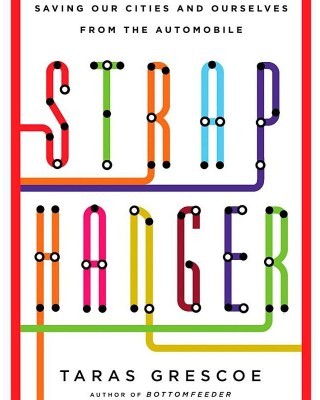
Straphanger
Saving Our Cities and Ourselves from the Automobile
Taras Grecoe
HarperCollins
$31.99
Cloth
320pp
9781554686247
Ford is only the latest in a long line of what Bianca Mugyenyi and Yves Engler call homo automotivis: man descended from his need for the car. Written while drinking copious doses of piss and vinegar, Stop Signs: Cars and Capitalism is, like Straphanger, a road trip, this time through the rusting American heartland. Eschewing cars, they criss-cross the country wherever a lowly Greyhound will take them; disembarking, they are often the only pedestrians for miles. Seen from this perspective, America is a ghost town of indifference. At a late-night stop in the South, for example, they are refused service at Wendy’s because it’s after 10 p.m. and they did not arrive by car.
“Every time you choose to drive,” Grescoe says, “you are, in a tiny way, opting out of, and thus diminishing, the public realm.” While car companies tout such things as freedom, speed, and cones of silence, cities need very little of any of these things. What they need is shared responsibility, slowing down, and joyful noise. Who makes that joyful noise? Each other.
Public transportation is about so much more than moving a maximum number of people at a lowest possible cost. And you can’t only measure it as a wedge in a budget pie chart. Mass transit, if allowed to be so, is a city’s nervous system. It’s how we move and feel and see. We’re lucky in Montreal, benefiting from what the STM dubs a “transportation cocktail”: a multiplicity of options that include bus, taxi, bike, metro, and Communauto. All of this together helps cast a net of security and cohesiveness around the city in a way that endless streams of cars do not.
Jean Drapeau, mayor of Montreal for an unbelievable 29 years, once said, “what the people want are monuments.” Actually, what the pharaohs want are monuments. What the people want is what Jane Jacobs called “spontaneous order.” Human-scale neighbourhoods full of dense, diverse, and mixed uses. Neighbourhoods where you can “leave your key at the delicatessen across the street.” Substitute deli for depanneur, and you know what she’s talking about.
Sometimes when I’m on a Bixi I think of other projects the city has recently embraced: the Pine- Park interchange, the urban beach in the Old Port, the Cité du Multimédia, Saint-Viateur East, and the promise to replace the Bonaventure expressway with a waterfront park. As someone who remembers the decrepit 1980s in Montreal, when rent was $200 a month for a reason, it’s sometimes still hard to believe that the city has actually gotten sexier. Not a Drapeau-phallic-Big-O sexy, but a sultry je ne sais quoi hot.
It’s hot in a way that the latest $30,000 car will never be. The businessman in a suit, his briefcase strapped to the front of the bicycle – he’s hot. The woman in espadrilles and Jackie O sunglasses ringing her bell down the de Maisonneuve bike path is hot. Everyone on the 80 bus is smiling for some reason. Commuters streaming out of the Place des Arts metro and taking a minute to try the musical swings at the Quartier des spectacles are all gorgeous. And I can’t take my eyes off those elegant fixed-gear bikes that still seem out of time and place. I watch the world go by while hanging out at an empty Bixi stand waiting for a bike to arrive. And so I wait and wait but I don’t mind cause it’s a beautiful day and everyone is just so bloody hot.
When Jane Jacobs was asked by CBC in 1969 just who did she think she was, an unknown upstart challenging the monolithic orthodoxy of top-down urban planning, she answered simply: “My name is Jane Jacobs and I live in the city. ”That was enough for her; it explained everything. mRb
To read the interview with Taras Grescoe, click here.



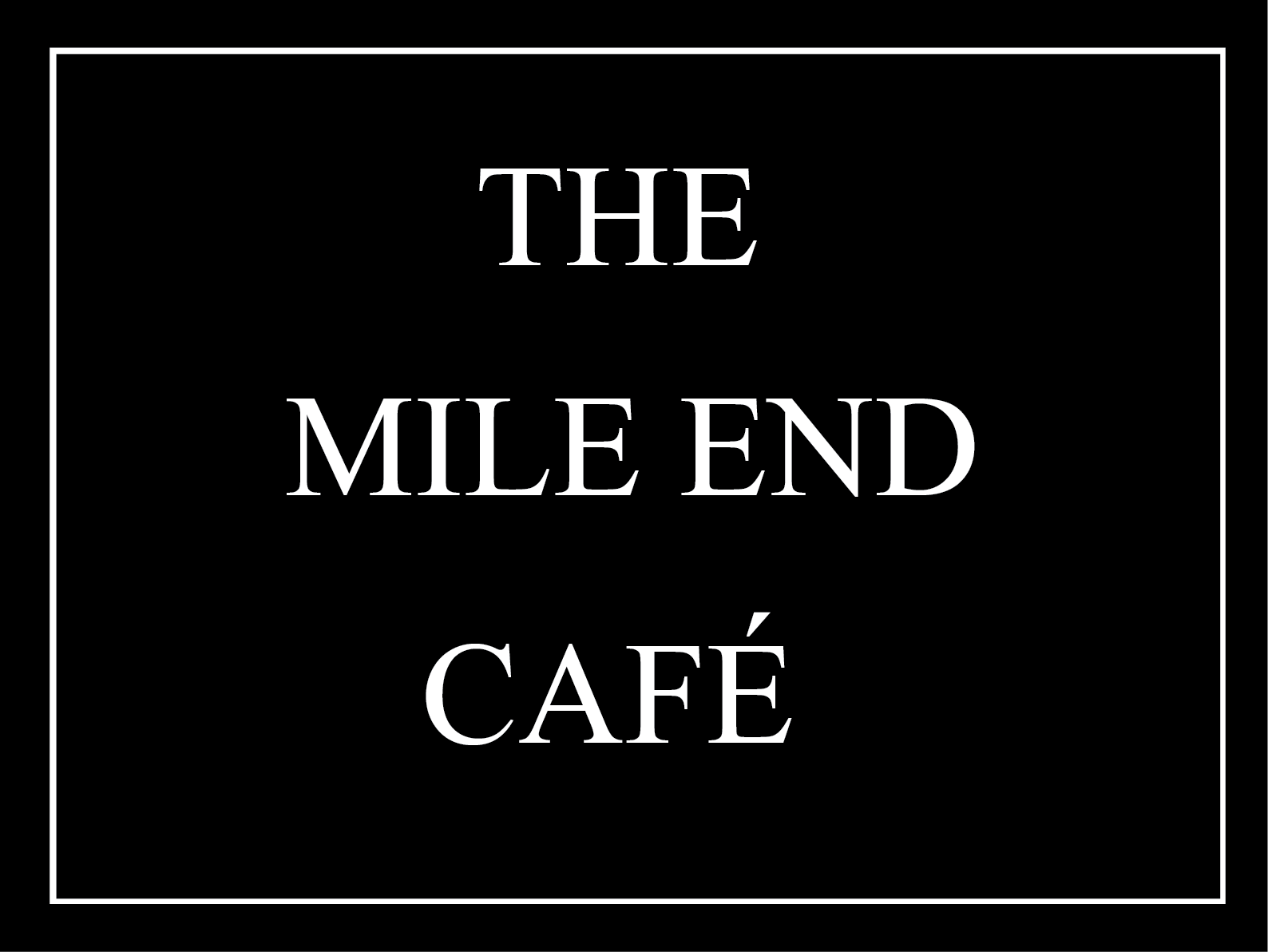
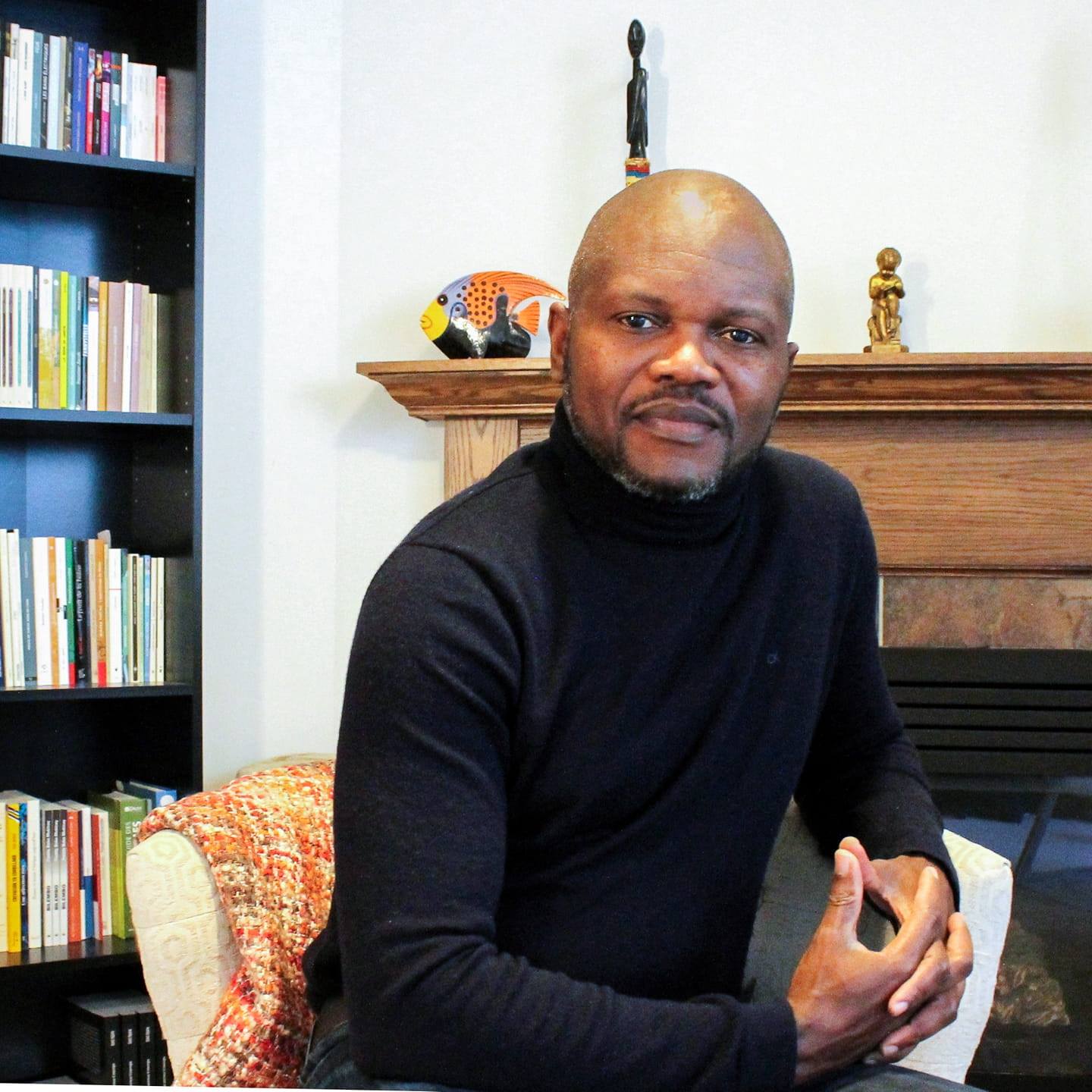
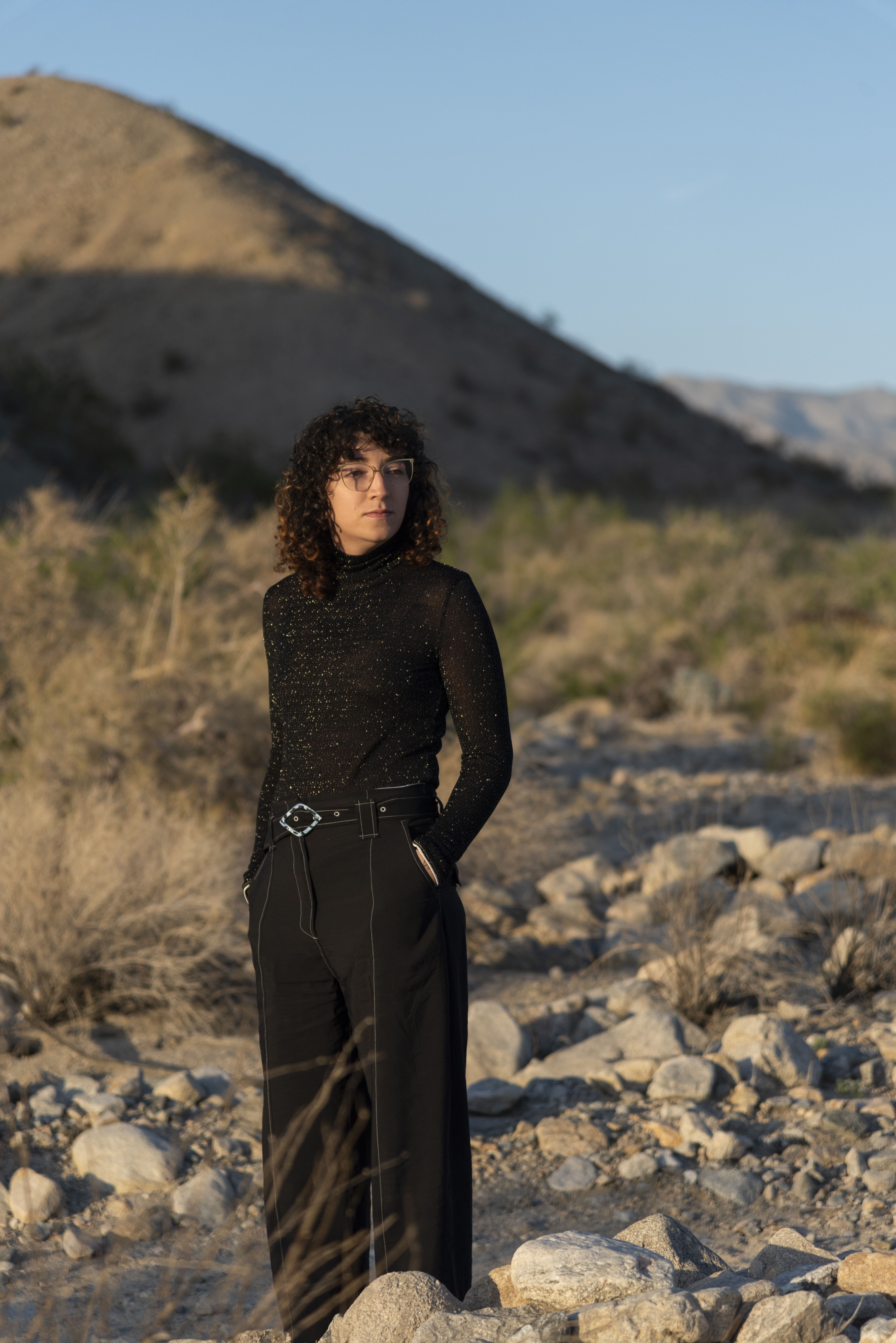
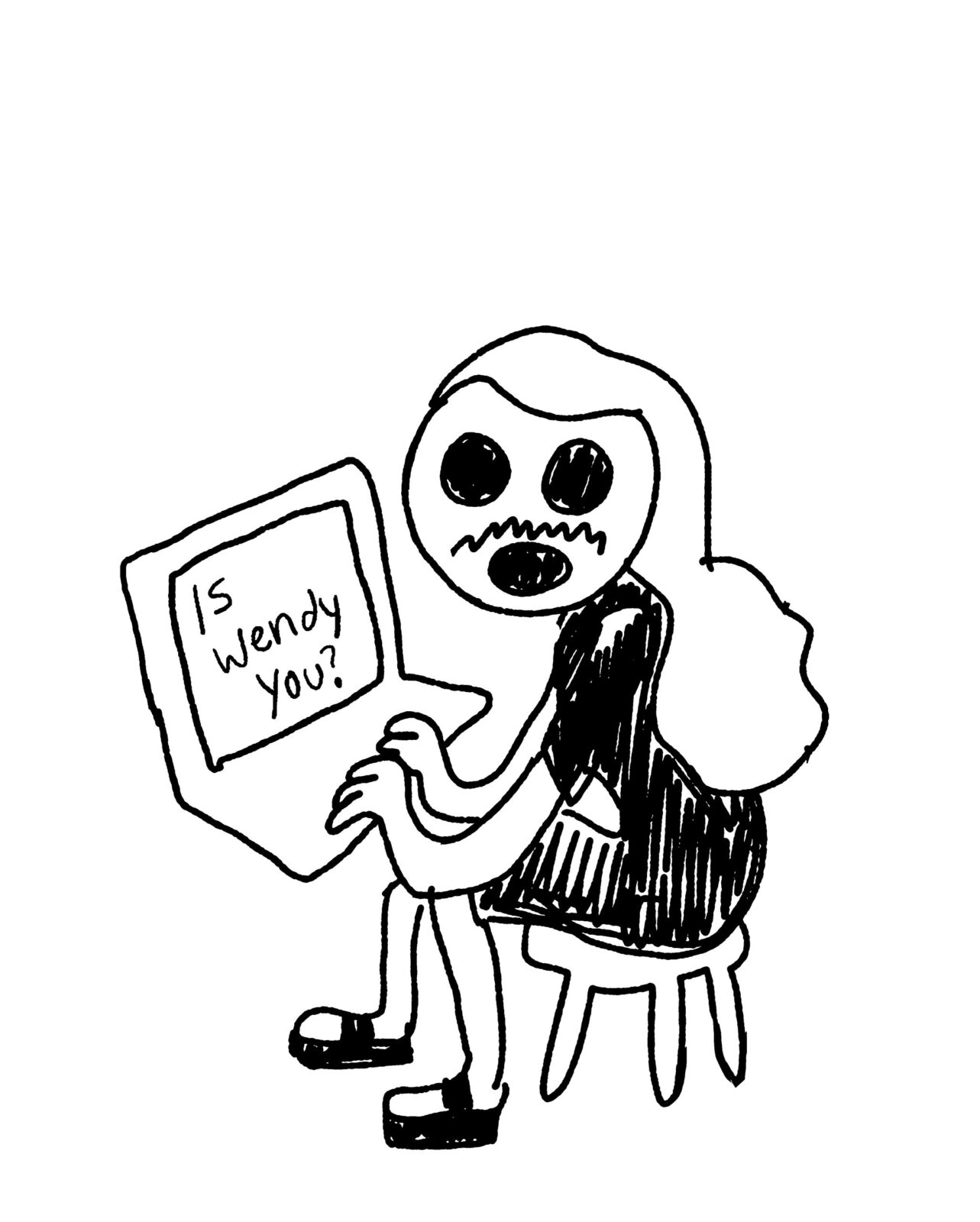
What would Montreal look like if horses were reintroduced to our streets. Would city traffic move move any slower? I doubt it. I say bring back the horse and the city will bloom again.